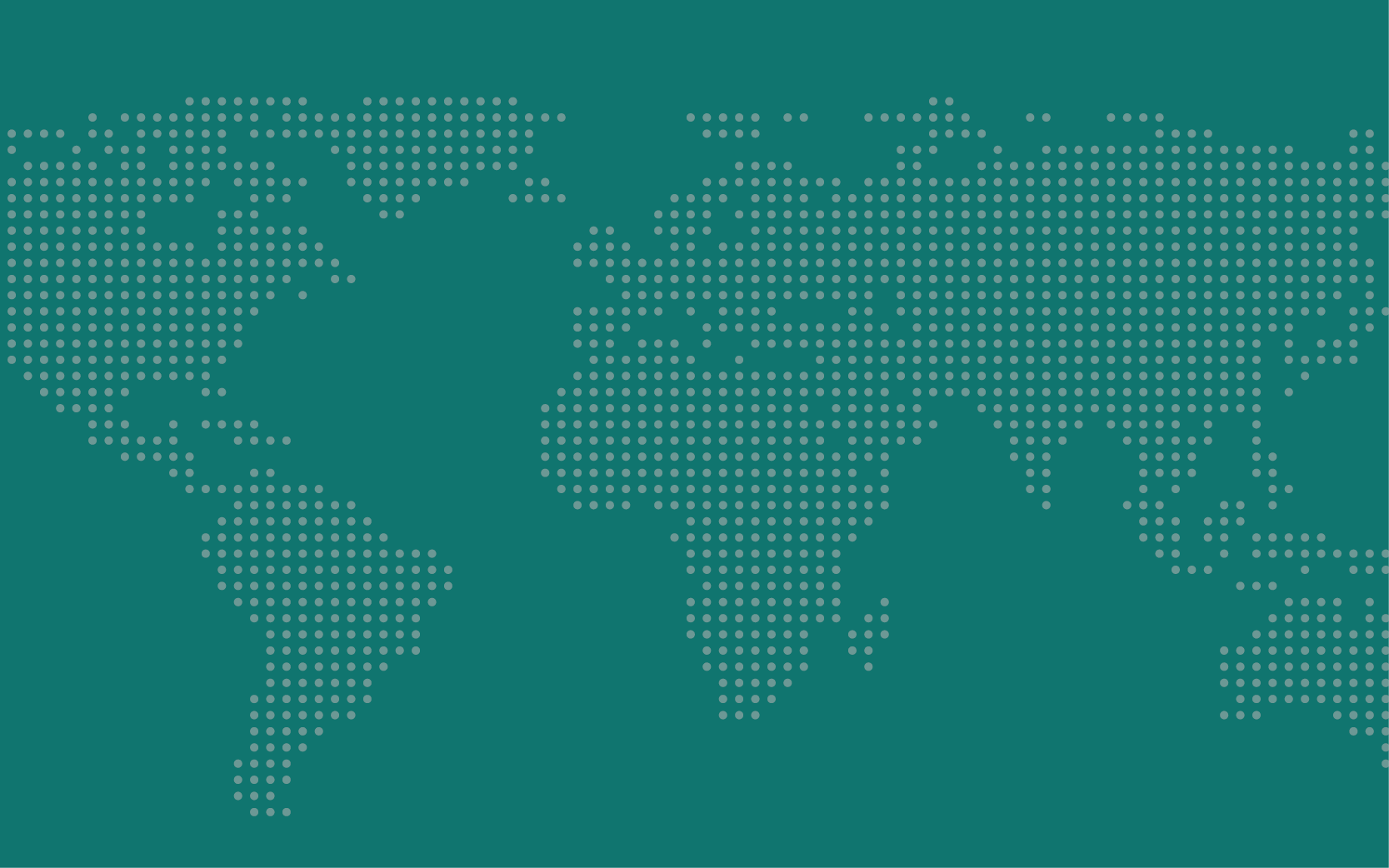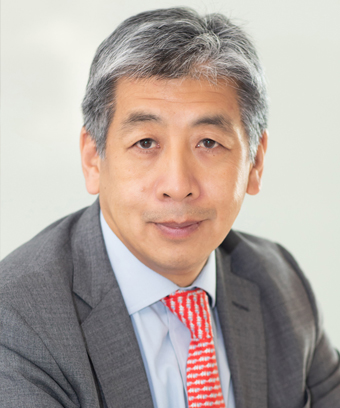China Is Making a Play for Global Techno-Security Leadership—Here’s How the U.S. Should Respond
Beijing sees science, technology, and innovation as the key to challenging the United States for global leadership in the 21st century. As Washington and its allies look to thwart its technological rise, China is drawing on its history to overcome Western-imposed barriers and establish itself as a global techno-security superpower.
To meet the challenge of U.S. strategic rivalry, the People’s Republic of China (PRC), primarily under the leadership of the Chinese Communist Party (CCP), is mobilizing the country’s economy and society towards technological goals. The United States’ bottom-up, market-based innovation system is a sharp contrast from the CCP’s top-down approach, and has been wildly successful at producing innovation. But for the United States to maintain its technological edge, the federal government must supply high-level strategic guidance and support to the nation’s scientific enterprise.
Over the last decade, China’s paramount leader, Xi Jinping, has consolidated CCP power over China’s economic and social life, and has worked to integrate the country’s civilian and military sectors. The latest manifestation of these processes is the secretive Central Science and Technology Commission (CSTC), set up in 2023 to take charge of science and technology critical to China’s economic and national security.
The CSTC was established as a response to Washington’s “small yard, high fence” policies, which have restricted strategic technology transfers—such as semiconductor technology—to blunt China’s rise as a U.S. adversary. It’s a tough spot for China to be in—but the country has been in tougher situations before. Chinese policymakers view themselves as being in a more advantageous position than they were following the Sino-Soviet split in 1960 or the Tiananmen Square crackdown in 1989, when outside powers also restricted China’s access to cutting-edge technology.
In both these episodes, the CCP coordinated China’s response to the sudden withdrawal of Soviet and Western technology. In the 1960s, the party established the Central Special Committee (CSC), outside of the state planning system but headed by premier Zhou Enlai. The CSC created China’s nuclear weapons, satellite, and intercontinental ballistic missile programs—China’s then-crowning technical achievements known as “two bombs, one satellite.” The committee receded in the 1970s as economic development took top priority before being reconstituted after Tiananmen Square to ensure that strategic and defense innovation could continue despite Western technology sanctions in response to the massacre.
The CSTC is following the tried-and-true playbook of the CSC: selective authoritarian mobilization and innovation (SAMI)—and appears even to go beyond its predecessor. The CSTC rallies the country’s civilian and military sectors toward mission-oriented strategic innovation, and coordinates a Chinese scientific ecosystem far more advanced, globalized, and commercialized than did the CSC.
The CSTC is also far more ambitious. Xi wants to move China beyond the CSC’s catch-up, or “re-innovation” model—whereby scientific achievements from abroad are recreated to skirt technology controls—toward something resembling self-reliance in innovation. This, Xi hopes, will lead China to make indigenous scientific breakthroughs by the mid-2030s and become the global technological leader by the mid-21st century.
In the 20th century, the CCP found success in a strong defensive response to technological controls through the CSC. Today, the CCP is going on the offensive, to assert global leadership using a top-down approach that the party wagers can out-innovate the United States’ bottom-up model. Whether it will be successful is far from clear. Nevertheless, policymakers in Washington must be wary, given the resources the CCP has at its disposal and its impressive record of innovation under previous and current technology restrictions.
How should the United States respond? Despite the strengths of its market-based research and innovation system, to compete with the mission-driven nature of Beijing’s SAMI approach, Washington should consider how to more effectively shepherd its decentralized system towards national security and geo-strategic goals.
By creating a federal department for science, technology, and innovation—with a cabinet secretary at its head—the United States can raise the profile of science and innovation above the lowly bureaucratic attention it currently enjoys. Doing so would help align the innovative impulses of the U.S. scientific enterprise with the needs of a more adversarial global technological landscape.
China is making a play to lead the world in the emerging technologies that will determine the balance of power in the 21st century. And it has a trusted playbook that in the past, helped it overcome the same sort of technological constraints it faces today. Mindful of this, the U.S. federal government must act to ensure that America maintains its edge in a world where technology and security are inseparable.
Tai Ming Cheung is the director of the UC Institute on Global Conflict and Cooperation (IGCC) and a professor in the School of Global Policy and Strategy at UC San Diego.
Thumbnail credit: USDA (Flickr)

Global Policy At A Glance
Global Policy At A Glance is IGCC’s blog, which brings research from our network of scholars to engaged audiences outside of academia.
Read More